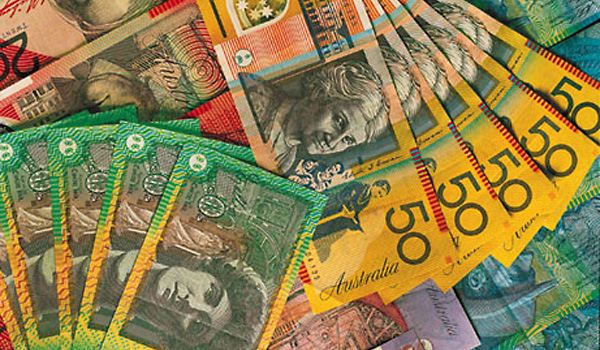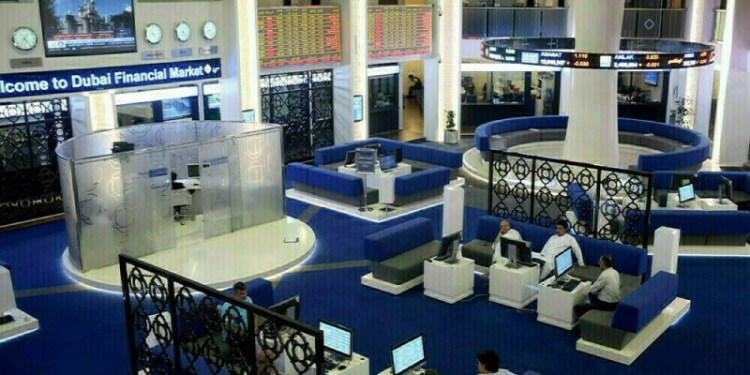Friday, 16 October 2015 12:24
 SYDNEY: The Australian and New Zealand dollars ran into profit-taking on Friday following two sessions of hefty gains, with the kiwi poised to shine with a rise of around 2 percent for the week.
SYDNEY: The Australian and New Zealand dollars ran into profit-taking on Friday following two sessions of hefty gains, with the kiwi poised to shine with a rise of around 2 percent for the week.
The New Zealand dollar edged down to $ 0.6829, having started the session at a 3-1/2-month peak of $ 0.6897.
It briefly rose a quarter of a cent after slightly higher-than-expected inflation data added to speculation the Reserve Bank of New Zealand (RBNZ) may not cut rates at its Oct. 29 policy review. Yet, analysts still anticipate more rate cuts ahead.
“Even though underlying inflation has been relatively stable at around 1 percent, this is significantly below the RBNZ’s 2 percent inflation target,” said Kieran Davies, an economist at Barclays.
“This leads us to continue to expect a further rate cut, most likely when the RBNZ updates its outlook in December.”
Earlier in the week, RBNZ Governor Graeme Wheeler reiterated that further easing seemed likely, but gave markets the impression a move was not imminent.
The kiwi had already been in demand, mostly on growing expectations the Federal Reserve will not hike rates this year.
As a result, the kiwi held near multi-month peaks against the euro, yen, pound and its Aussie cousin.
The Australian dollar stood at NZ$ 1.0688, having bottomed at NZ$ 1.0636 – a level not seen since May.
The Australian dollar drifted sideways at $ 0.7326, from a peak of $ 0.7363 set on Thursday.
It was down 0.5 percent for the week, recoiling from a 4 percent leap the previous week.
Resistance was seen at the recent two-month high of $ 0.7382, with support around $ 0.7266.
Earlier in the session, Australia’s central bank warned lending standards for home loans had been looser than first thought, adding to the risks of an eventual downturn in the housing market.
Australian government bond futures fell, with the three-year bond contract off 3 ticks at 98.200. The 10-year contract eased 5 ticks to 97.3600, while the 20-year contract also shed 5 ticks to 96.8300.
New Zealand government bonds had a soft tone with yields 2.5 basis points higher along the curve.




























